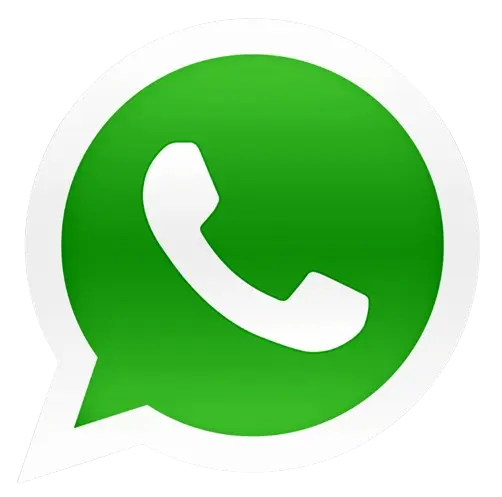$1,702 Stimulus Payment for Everyone:As 2025 draws to a close, millions of Americans are waiting for some good financial news—and for many, it could come in the form of a $1,702 stimulus payment. This new round of financial relief is designed to help families struggling with high living costs, rent, and everyday expenses.
Although the government hasn’t officially called it a “stimulus check,” the $1,702 direct payment works similarly to previous rounds of federal aid, helping to mitigate the impact of inflation on ordinary Americans. From eligibility rules and payment methods to the full November 2025 payment schedule and IRS instructions, here’s everything you need to know.
$2,000 Direct Deposit For U.S. Citizens in November 2025 – Eligibility & Payment Details
What is the $1,702 Stimulus Payment?
The $1,702 stimulus payment is part of a new federal economic relief initiative aimed at providing direct financial assistance to low- and middle-income families. The payment amount, $1,702, is reportedly calculated based on average inflation rates and living expenses in 2025 to ensure the assistance is meaningful to families across the country.
The payment is expected to be distributed automatically by the Internal Revenue Service (IRS) via direct deposit or mailed check—similar to how previous stimulus payments and tax credits were administered.
Who is eligible to receive the $1,702 stimulus payment?
While official eligibility criteria are still being finalized, this payment will likely be consistent with previous federal relief efforts. Here are the details of those expected to be eligible:
- Single taxpayers earning less than $75,000 per year.
- Married couples filing jointly earning less than $150,000 per year.
- Family heads earning less than $112,500 per year.
Social Security (SSI/SSDI), veterans, and low-income individuals receiving federal benefits are also expected to be automatically eligible.
Earners above these income limits may receive a reduced payment, which will gradually phase out as income levels increase.
It’s also important to note that non-taxpayers—individuals who haven’t filed their 2024 tax returns—may still be eligible if they receive Social Security or VA benefits.
When will the $1,702 Stimulus Payments be Sent?
According to initial reports, the IRS plans to issue payments in phases until November 2025, just as with previous stimulus rounds. The expected schedule, based on direct deposit and paper check deadlines, is as follows:
Direct Deposit Payments
-
First wave: Begins November 8, 2025, for taxpayers who already have direct deposit information with the IRS.
-
Second wave: Between November 15 and November 20, 2025, for Social Security and SSI recipients.
-
Final wave: By November 25, 2025, for remaining eligible taxpayers with verified bank information.
Paper Checks & Debit Cards
-
Checks by mail: Expected to start mailing around November 22, 2025, with delivery continuing into early December 2025.
-
EIP Debit Cards: Some Americans may receive their payment through an Economic Impact Payment card during the same timeframe.
The payment dates may vary slightly based on IRS processing times, mailing delays, or individual bank deposit schedules.
How to Receive Payments
If you’ve filed your 2024 tax return, you don’t need to do anything. The IRS will automatically issue the payment using your latest information.
You can expect to receive your $1,702 as follows:
- Direct Deposit: The fastest method; funds will go directly to your bank account.
- Paper Check: If there’s no direct deposit information on file, it will be sent by mail.
- EIP Debit Card: Some payments may come as a prepaid debit card.
To avoid delays, make sure your banking and mailing information is up-to-date with the IRS. You can verify or update your information when the IRS reopens its payment portal.
IRS Instructions for November 2025 Stimulus Payments
The IRS will not require new applications for this stimulus payment. However, citizens should follow a few important steps:
- File your 2024 tax return to ensure eligibility.
- Update your direct deposit information using the IRS “Get My Payment” tool, if available.
- Beware of scams – the IRS does not email, text, or call asking for personal or banking information.
- Track your payment using the IRS “Where Is My Refund” tool or the new stimulus payment tracker once it launches.
Why the $1,702 Stimulus Payment Is Important
In 2025, prices for essentials like groceries, utilities, and rent have risen sharply, putting additional pressure on working families and retirees. The $1,702 stimulus payment is designed to provide short-term relief—helping people pay bills, buy food, or manage unexpected expenses.
For seniors on fixed incomes and families living paycheck to paycheck, this payment could provide relief as the festive season approaches.
Frequently Asked Questions (FAQs)
1. Is the $1,702 payment confirmed?
While not yet fully confirmed, reports indicate that discussions in Congress and the Treasury Department are ongoing, with strong support for releasing the funds in November 2025.
2. Who qualifies for the payment?
Eligibility will depend on income, tax filing status, and benefits enrollment. Most Americans earning under the set income thresholds will qualify.
3. Do I need to apply?
No. Payments will be sent automatically by the IRS to eligible citizens based on their latest tax return or federal benefit record.
4. Will the payment affect my Social Security or VA benefits?
No. The stimulus payment is not taxable and will not reduce your Social Security, VA, or SSI benefits.
5. Can I track my payment?
Yes. The IRS will provide a tracking tool online where you can check your payment status, deposit date, and delivery method once payments begin.
While a $1,702 stimulus payment in November 2025 won’t solve all financial challenges, it could provide meaningful relief to millions of Americans coping with the year’s economic pressures – proving once again that a little help can go a long way when it’s needed most.

